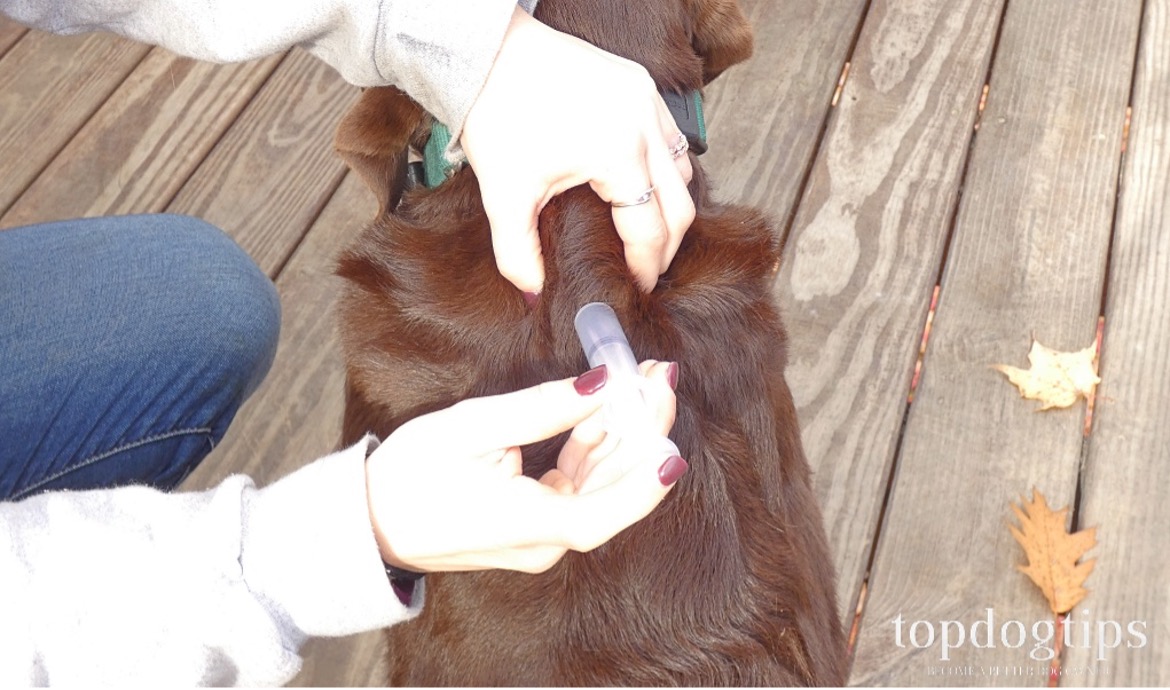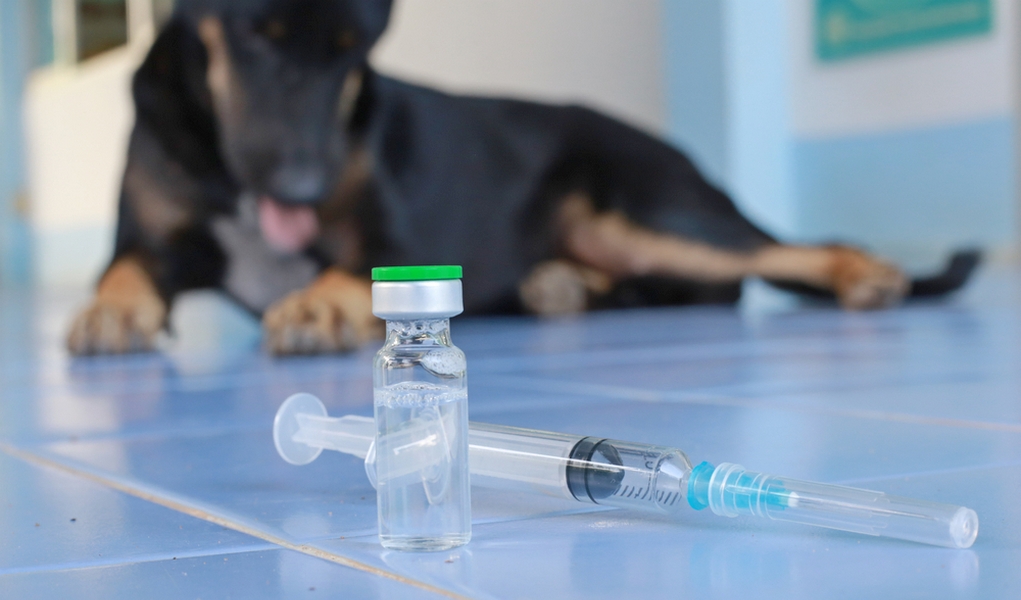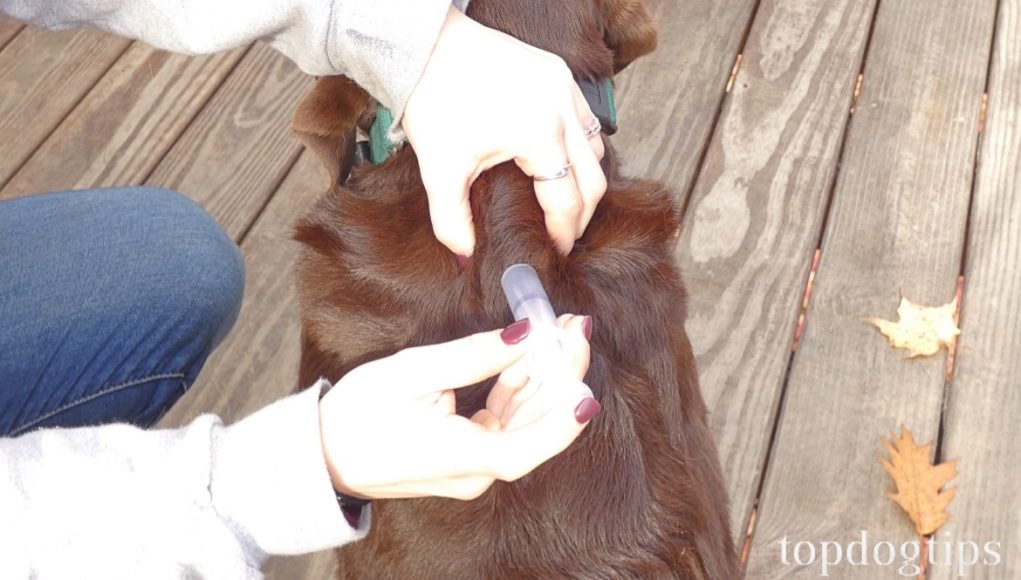There comes a time in every dog's life when they need to take some medication, which means you may need to give your dog an injection.
Whether it's an antibiotic for an infection or pain medication after surgery, every pet parent should know how to give a dog injectable medicines properly and safely.
Veterinarians typically provide pain medication, antibiotics, and other medications in pill form. In some cases, you may better administer the medicine in injectable form.
Medications can be distributed through the body faster and start working more quickly when given as an injection.
Many pet owners are nervous about injecting their pets because they are afraid of hurting their pup or injecting the medication into the wrong area.
If prescribed, your veterinarian should go over how to give your dog an injectable medication thoroughly and in person.
If you don't feel comfortable, make sure to ask your vet's advice and get some hands-on practice before leaving the office.
For a quick refresher or you need to inject an over-the-counter vaccine or medication, this video guide should help jog your memory.
How To Give A Dog Injectable Medication

Giving shots at home will help reduce anxiety in pets that need frequent injections.
Dogs that require insulin, frequent shots of arthritis medication, and other injectables may get stressed out with repeated visits to the vet's office.
Learning how to give a dog injectable mediation would not only save you money but keep your pup happy too.
Subcutaneous injections (under the skin) are the only type you should give your dog. If the injection needs to go into a muscle or a nasal injection, it's best to leave it to a professional.
When preparing to give your dog his injection, be sure to have everything ready beforehand.
It's also best to have another person help restrain your pet, especially if it's the first time you're injecting him.
No matter what type of medication or vaccine you're administering, it's best to wear gloves. This prevents any kind of contamination from entering the injection site.
Wipe down the syringe with rubbing alcohol before you begin. This will also reduce the chance of contaminants entering your dog's body.
If you're learning how to give an injectable dog medication, you need to take a few precautionary steps.
You'll want to do a “practice poke” so you know how your dog will react when you stick him.
You want to be sure you know what's going to happen before you waste an injection because your dog pulls away from the syringe.
Let your dog get used to the syringe. Fill it with a dose of the medication or vaccine and let him sniff it.
Be careful not to let him poke himself with the needle. You may not be able to smell the liquid, but you better believe your dog can!
SIMILAR: Puppy Shot Schedule – A Detailed Guide

Once you're sure that your dog will behave himself, it's time to prepare the injection. Put on your gloves and fill the syringe to the required dosage level.
You'll want to inject the medication or vaccination right between your dog's shoulder blades.
I find it easiest to stand over your dog and straddle him. Just be sure that standing over him won't cause his anxiety to increase.
You could also have your dog lie down if he is more comfortable this way. Whichever way you choose, be sure you have direct access to the top of your dog's back.
In between your dog's should blades, pinch the excess skin back together to form a small valley.
You'll inject the medication or vaccination into the middle of this valley. Press the needle in and pull it out slightly. You don't want to remove the entire hand.
If you see any blood leak out, you know you've hit a vein. This isn't likely, but it's best to check just in case.
If you see blood, let go of the skin and start over. If you don't see blood, you can inject the medication into your pet's body.
Be sure to do some research or speak with your veterinarian about the common side effects of the medication or vaccination that you're administering.
You need to know what to be looking for over the next few days.
Common mild side effects include:
- fatigue
- low fever
- low appetite
- lethargy
Typically, these symptoms won't require a trip to the vet. Severe reactions will usually occur within 30-60 minutes after administering the injection.
If you notice any severe symptoms you'll need veterinary assistance right away.
Severe symptoms to watch for include: lameness, seizures, collapse, vomiting, and diarrhea. Again, if you notice any of these symptoms, you need to rush your dog to a veterinary hospital.
If you have to go to the vet, bring the packaging of the medication or vaccine with you. This way, the vet will know exactly what was given and what dosage.
READ NEXT: 10 Things You Must Know About Dog Vaccines













